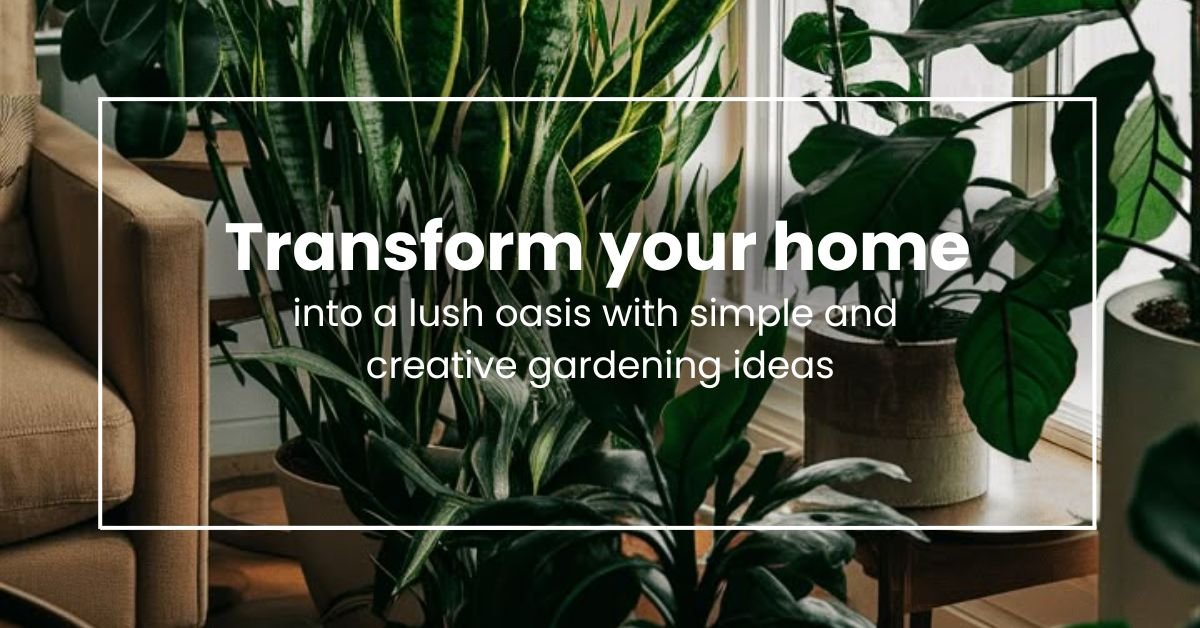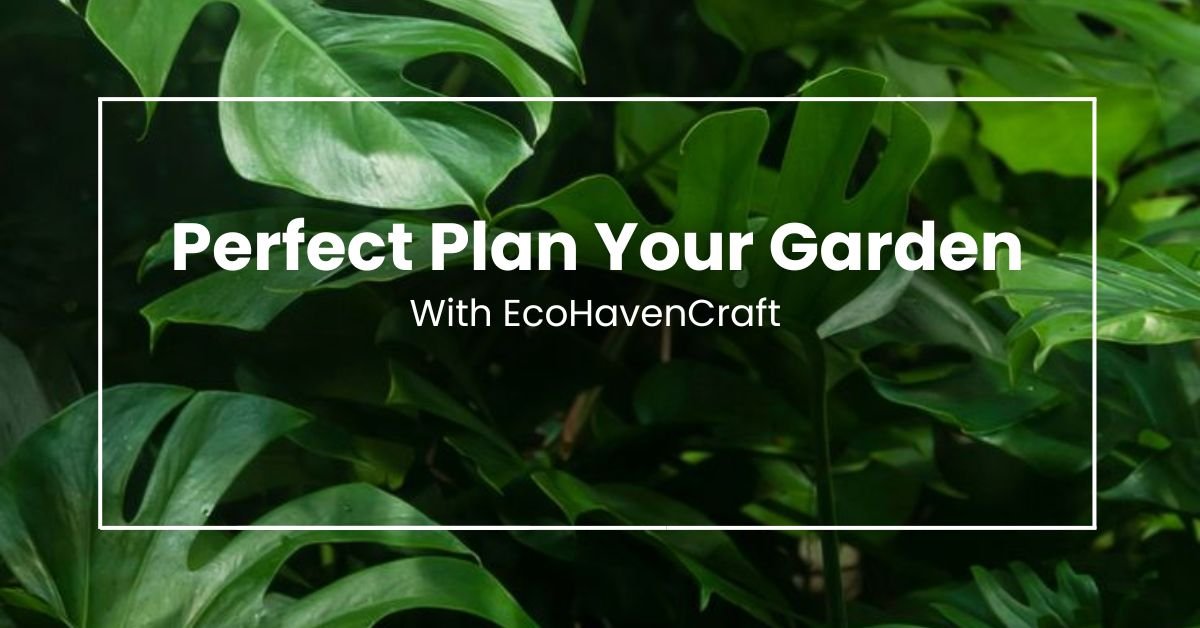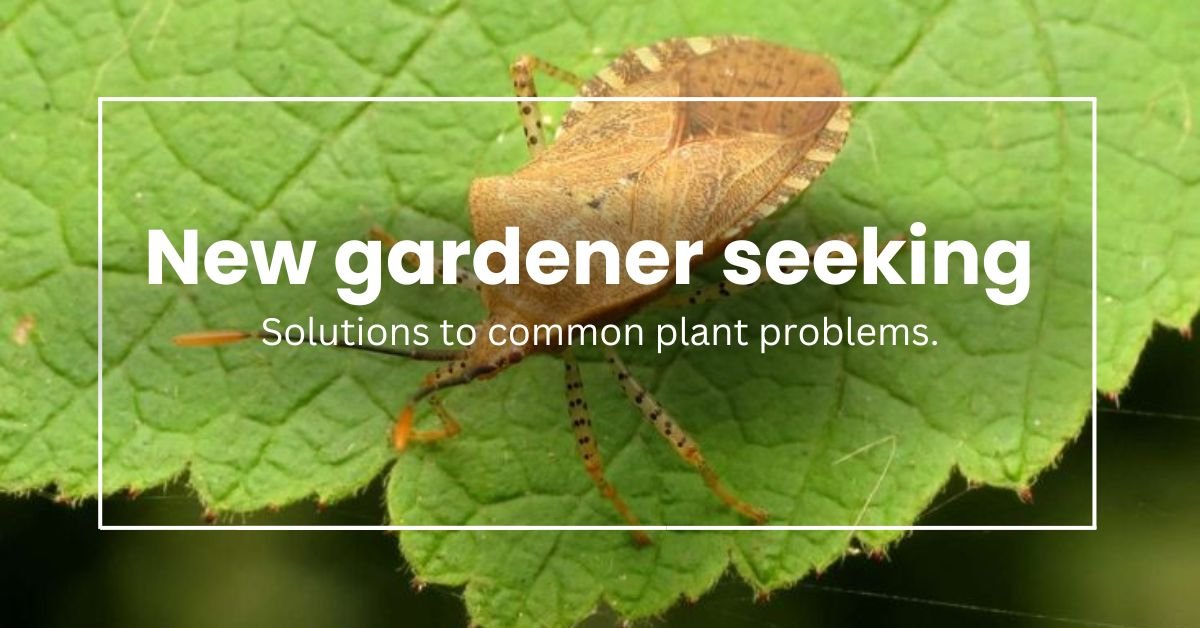- +27 71 653 3643
- Ecohavencraft@gmail.com

Starting a lawn in your own home isn’t pretty about vegetation—it’s about developing joy, fresh air, and a comfy nook for you and your circle of friends! Whether you stay in a big house or a tiny condo, a domestic garden can match anywhere. You don’t want fancy equipment or magic skills—simply sunlight, water, and a touch of love. Imagine picking juicy tomatoes out of your balcony or smelling flowers you grew yourself. Sounds a laugh, proper? Let’s dig into simple steps to turn your area into a green wonderland!
Did you realize a garden in your own home can ward off pressure and make the air cleaner? Studies show that plant life assist us feel happier and healthier. Even a small herb pot in your kitchen window counts as a garden! No outside? No hassle! We’ll share smart ideas for gardens in jars, putting pots, or even antique shoes (sure, shoes!). Ready to grow? Let’s get commenced!
A lawn in your own home is like having a tiny piece of nature proper where you stay! It doesn’t want to be big—only some pots, herbs on a windowsill, or a relaxed corner with flora. Home gardens smooth the air, give you sparkling vegetables, and even make you smile after an extended day. Whether you’re in a residence, apartment, or dorm, any space can end up a garden. Think of it as a glad undertaking for your arms and your heart!
This phase is a simple, pressure-loose manual to help anyone—whether they stay in a skyscraper or a studio rental—design a garden that fits their area, lifestyle, and goals. Here’s what it covers:

1.“Where Can I Grow?”
Problem Solved: No outdoor? No hassle!
Solutions:
Key Message: Every inch counts! You don’t need a farm—simply creativity.
2. “What do I want?”
Problem solving: Overwhelmed by what to grow.
Option:
Main message: What excites you! Plants should match your hobbies (cooking, decoration, etc.).
3. How much time?
Main message: Horticulture fits your schedule – not around!
4. Pro Tip: Small Start!
Why does it work:
Main message: Small victory leads to big green thumb!
5. Why this section rocker:
This section is a self -confidence list for new gardeners, who postpone flowers that forget, develop rapidly, and even the most forgotten plants reward the father and mother. Here is the collapse:

Why are they right:
Pro tips: Start them in a water-filled jar of the roots in a few days!
Vegies: cherry tomato, lettuce or radish (fast and fun!)
Why are they right:
Pro Tip: Use recycled containers – they do not require deep soil!
Flowers: Ring flowers, pansies or sunflower (bright and hard!)
Why are they right:
Pro Tip: Save the sunflower seeds to recreate or snack!
Why this plant?
Forgiveness Nature:
Lack of water or incomplete sunlight.
The fuse was rarely attacked by insects compared to plants.
Why does this section work:
Fear: “I will tickle it” removes anxiety by focusing on hard plants.
Diversity: Food and decorative alternatives include something for any interest.
Child friendly: Plants like sunflower or mint also tie small gardeners!
This section is a budget-friendly, chaos-free guide to horticultural equipment, which shows you that you do not need fancy equipment to develop a rich home garden. It focuses on preparing everyday items and simplifying the basics. Here is the collapse:

Containers: Old Mugs, Yogurt Cups, or Shoeboxes
Problem Solved: “I don’t have pots!”
Why It Works:
Key Message: Your trash = your lawn’s treasure!
Earth: Pot Mix small bag
Problem-solving: “Which soil should I buy?”
Why does it work:
Main message: Good soil = happy plant. Please keep it easy!
Water: Recycled Bottle as a Watering Can
Problem Solved: “I don’t have gardening equipment!”
Why It Works:
Key Message: Upcycle instead of buying—saves cash and the planet!
Bonus Notch: Eggsachelles = Free Plant Food
The problem is solved: “Fertilizer is misleading/expensive!”
Why does it work:
Main message: Turn on the kitchen body in the garden gold!
This section is a no-nonsense survival guide for keeping plants happy and healthy, even if you’ve never kept a green thing alive before! It tackles new gardeners’ three biggest worries—water, light, and food—with foolproof tips and zero jargon. Here’s the breakdown:

Watering Rule: “Stick Your Finger within the Soil—If It’s Dry, Water It!”
Problem Solved: “Am I drowning my plants? Or starving them?”
How It Works:
Pro Tip: Use room-temperature water—no shocking delicate roots!
Sunlight Needs: “Four hours of Sunlight? No Sun? Use a Lamp!”
Problem Solved: “My domestic is dark—can I even develop anything?”
How It Works:
Key Message: No sun? No panic! Adapt with what you’ve got.
Plant Food: “Banana Peels = Natural Nutrient Boost!”
Problem Solved: “Fertilizers are luxurious and perplexing!”
How It Works:
Bonus Hack: Crush eggshells for calcium (mix into the soil for sturdy stems!).
Avoid Overwatering: “More Plants Die from Love Than Neglect!”
Problem Solved: “I just want to help… why is my plant dying?!”
The Fix:
Key Message: Love your flowers, however don’t smother them!
Why does this section work:
This section is a first-class facility for new gardeners, which deals with the most common “emergency” with simple, chemical-free reforms. It becomes panic in self-confidence by teaching readers to “hear” their plants and solve problems quickly. Here is the collapse:

1. Yellow leaves? Excessive water! Let the soil dry.
The problem is solved: “Why does my plant turn yellow? Am I a terrible parent?!”
Science:
solve:
2. Small insects? Spray water + a drop of dish soap!
The problem is solved: “Scary cracks eat my plants!”
Science:
solve:
3. No Flowers? Move to a Sunnier Spot!
Problem Solved: “My plant is alive but didn’t bloom!”
The Science:
Fix:
“Plants speak through the leaves – reduce their language!”
Basic Message:
Pro Tip: Take a daily 1-minute “Plant Control” to spot the problems quickly!